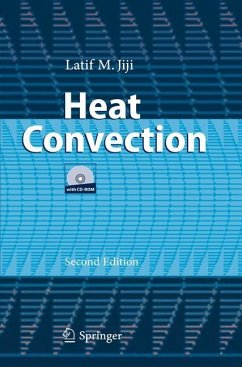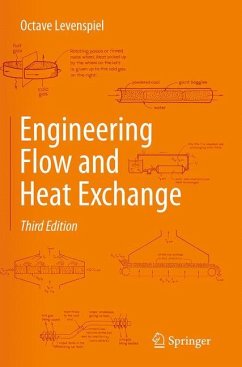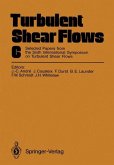Jiji's extensive understanding of how students think and learn, what they find difficult, and which elements need to be stressed is integrated in this work. He employs an organization and methodology derived from his experience and presents the material in an easy to follow form, using graphical illustrations and examples for maximum effect. The second, enlarged edition provides the reader with a thorough introduction to external turbulent flows, written by Glen Thorncraft. Additional highlights of note: Illustrative examples are used to demonstrate the application of principles and the construction of solutions, solutions follow an orderly approach used in all examples, systematic problem-solving methodology emphasizes logical thinking, assumptions, approximations, application of principles and verification of results. Chapter summaries help students review the material. Guidelines for solving each problem can be selectively given to students.
I found this book to be an excellent text on heat convection, and the author has a very clear and rigorous approach to the subject. I especially like the structure of the example problems and solutions, and the inclusion of 'order-of-magnitude' estimation as a standard part of any solution. I believe that this text could become the standard graduate text for this subject. I personally intend to recommend this text to colleagues at other institutions, and I look forward to using this text in my course.








